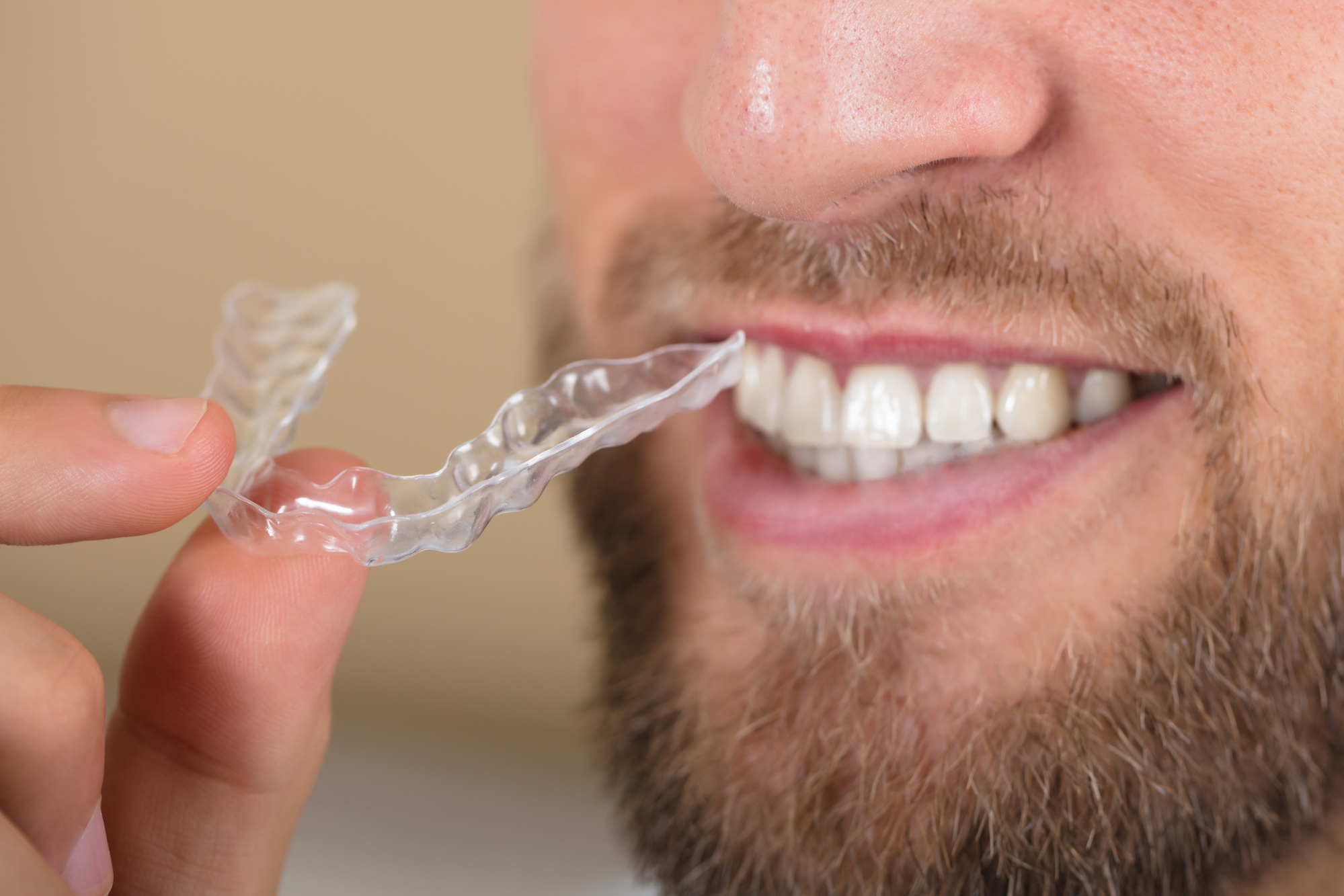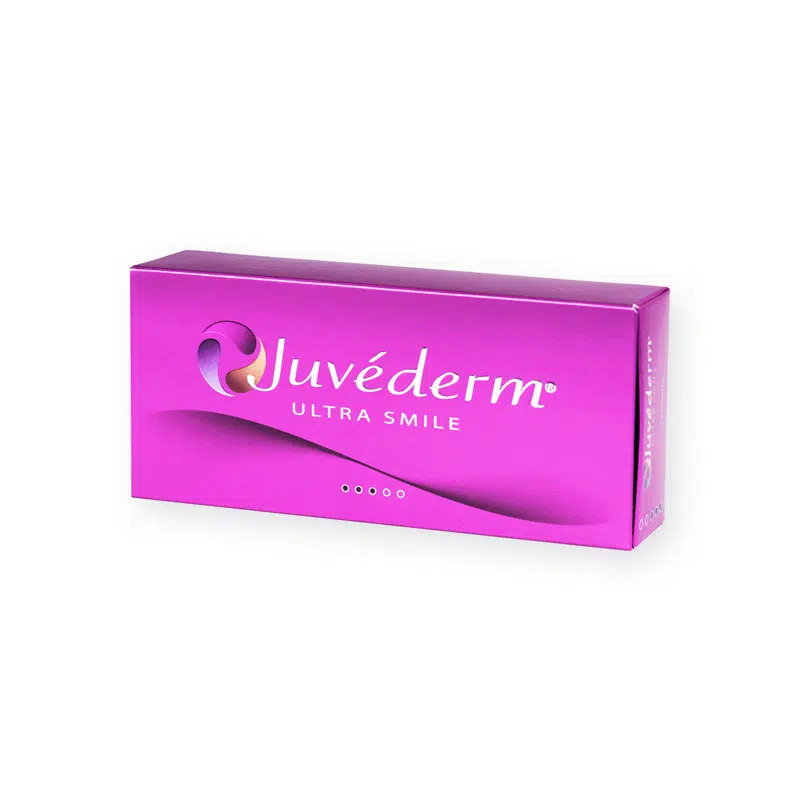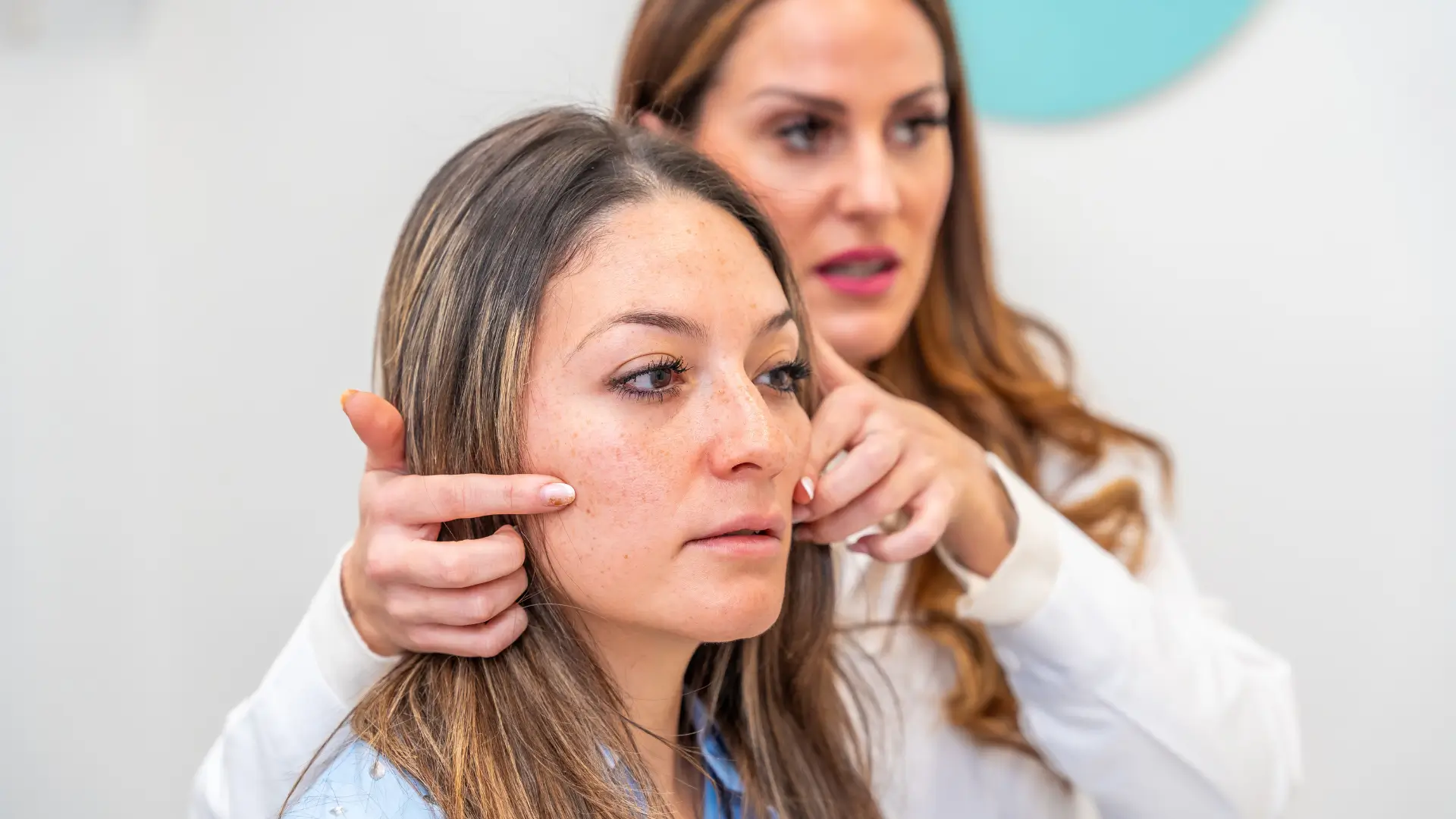The demand for aesthetic solutions in dentistry has surged in recent years, with more and more patients seeking treatments like tooth whitening, veneers, and alignments.
As a result, the global cosmetic dentistry market value is anticipated to reach billions. A report from the American Society of Plastic Surgeons forecasts a 3% annual growth in the sales of soft tissue fillers. [1]
One common aesthetic dentistry complaint is gingival recession, which results in the formation of dark, triangular gaps between the teeth along the gumline. Offering dermal fillers for receding gums addresses patients’ cosmetic concerns while promoting periodontal health.
In this article, let’s discuss why receding gums occur and how dental fillers for receding gums work. We’ll also discuss the right clinical approach to this problem and the side effects to be aware of.
Key takeaways
- Hyaluronic acid (HA) dental fillers promote collagen synthesis, fibroblast activity, and tissue regeneration while reducing inflammation and restoring gum contour.
- Clinical studies show significant improvements in gingival soft tissue volume and aesthetic outcomes after dental filler treatments.
- HA fillers last 6-12 months and require follow-up treatments for maintenance.
- The side effects of gum fillers are mild and include swelling, bruising, and occasional hypersensitivity reactions.
Why Do Receding Gums Occur?
Receding gums, also known as gingival recession, is a condition in which the gingival margin—the tissue that surrounds and protects the teeth—pulls back or wears away. It exposes the cementum and, in more severe cases, the root surface of the tooth.
Several factors contribute to gingival recession, most of which involve a combination of mechanical trauma and biological predispositions. Common causes include:
- Thin gingival biotypes
- Natural aging processes
- Chronic periodontitis with the destruction of periodontal fibers and alveolar bone
- Vigorous or improper brushing techniques that cause abrasion to the gingival tissue
- Teeth positioned outside the alveolar bone envelope, such as in cases of crowding or protrusion
Do Dermal Fillers for Receding Gums Work?
Dermal fillers are used in aesthetic medicine for soft tissue augmentation and have recently gained attention in dentistry as a potential treatment for gingival recession.
These hyaluronic acid-containing fillers have been explored in cosmetic dentistry for their ability to restore volume and contour in areas of gum tissue loss.
In a randomized controlled trial conducted between 2015–2018, 20 patients with Seibert’s class I/II ridge in the anterior/premolar region were treated. Six months after implantation, test sites received hyaluronic acid injections, while control sites were given saline.
Clinical and radiological parameters were measured, which revealed a significant gain of 1.85mm in mesial and distal papilla, and 1.65mm at mid-buccal. The results showed that hyaluronic acid fillers improve buccal soft tissue and papillary height, and are a predictable, minimally invasive option for soft tissue correction. [1]
In another study, de Santana et al. reported improvements in clinical attachment level (CAL), probing depth (PD), gingival recession (REC), and probing bone levels, after using hyaluronic acid hydrogel scaffolds enriched with fibroblast growth factor type 2 (fhFGF-2) in the surgical treatment of periodontal intrabony defects. [2]
Dental fillers for receding gums work by:
- Reducing inflammation and accelerating wound healing
- Promoting collagen synthesis for gum structure and integrity
- Retaining moisture in gingival tissues due to the hygroscopic properties of hyaluronic acid
- Improving fibroblast activity, crucial for the synthesis of new extracellular matrix and soft tissue regeneration
What Are the Benefits of Fillers for Receding Gums?
The use of hyaluronic acid gum injection offers numerous clinical and patient-centered benefits. The treatment:
- Promotes tissue regeneration by enhancing collagen synthesis
- Reduces gingival inflammation, improving periodontal health
- Minimizes postoperative swelling and trismus
- Enhances aesthetic outcomes by restoring volume and contour to gums
- Facilitates bone formation around dental implants
- Is minimally invasive and non-surgical
- Has a favorable safety profile with minimal side effects
- Is cost-effective compared to traditional surgical procedures
- Has minimal downtime
Dental Fillers for Receding Gums—the Right Procedure Technique
The right injection technique is important for achieving desired aesthetic outcomes and minimizing complications. Here is an overview:
- Ensure the patient is comfortably seated in a dental chair, ideally reclined to facilitate access to the oral cavity.
- Apply a topical anesthetic to the treatment area to minimize discomfort during the injection.
- Clearly mark the specific areas of the gums requiring enhancement based on the treatment plan.
- Select the appropriate injection technique—either linear threading or bolus technique—depending on the specific anatomical area and desired effect.
- Administer the filler into the submucosal or intradermal layers of the gingival tissue at a depth of 2-4 mm below the mucosal surface.
- Carefully inject small aliquots of filler, assessing the aesthetic outcome progressively. Avoid overfilling to prevent distortion of the gingival contours.
- Evaluate the treated area for symmetry and aesthetic balance. Gently massage the area if necessary to ensure even distribution of the filler.
- Provide patients with comprehensive aftercare instructions. Emphasize the importance of avoiding strenuous physical activity, extreme temperatures, and direct manipulation of the treated area for at least 24 hours post-procedure.
How Long Do Dental Fillers for Receding Gums Last?
The biological hydrogel containing rhFGF-2 in a hyaluronic acid carrier has demonstrated increases in probing attachment level and bone gain sustained for up to 12 months. [2] In most cases, HA gum fillers last for 6-12 months.
The Side Effects of Fillers for Receding Gums
Dentist dermal fillers are generally well-tolerated. While complications are relatively mild, the increase in cosmetic procedures has led to an increase in reported complications. [3]
Patients may experience minor adverse effects such as:
- Discomfort or pain at the injection site
- Transient swelling and redness
- Minor bruising due to vascular trauma during injection
- Infection at the injection site
- Immediate (type I) or delayed (type IV) hypersensitivity reactions to HA
- Asymmetry
- Inadvertent injection into blood vessels leading to vascular occlusion
Source High-Quality Fillers From Medica Depot
If you’re looking for original and high-quality dental fillers to treat receding gums at your practice, schedule a consultation with Medica Depot today—your reliable source for high-quality aesthetic products.
Contact our sales team today to learn how to purchase high-quality fillers at a good price to keep your patients and profit margins healthy.
Frequently Asked Questions
Is It Painful for Patients to Get Dental Fillers for Receding Gums?
Most patients experience minimal pain and discomfort during filler injections for receding gums, which is alleviated by topical anesthetics or local anesthesia used before the procedure.
Are Dental Fillers Safe for Receding Gums?
Yes, dental fillers are generally safe for treating receding gums. The side effects profile is minimal with no serious adverse events reported.
What Are the Alternatives to Fillers for Receding Gums?
Alternative treatments for receding gums include gum grafting, periodontal therapy, connective tissue grafts, scaling and root planing, and the use of orthodontic appliances to reposition teeth.
References
- American Society of Plastic Surgeons. Plastic Surgery Statistics. Available at: https://www.plasticsurgery.org/news/plastic-surgery-statistics. Accessed October 8, 2024.
- Jain, Kavya. Efficacy of Hyaluronic Acid Dermal Filler for Soft Tissue Augmentation Around Dental Implants – A Clinical and Radiographical Study. Rajiv Gandhi University of Health Sciences (India) ProQuest Dissertations & Theses, 2018. 30587456.
- de Santana RB, de Santana CM. Human intrabony defect regeneration with rhFGF-2 and hyaluronic acid – a randomized controlled clinical trial. J Clin Periodontol. 2015;42(7):658-665. doi:10.1111/jcpe.12406
- De Boulle K, Heydenrych I. Patient factors influencing dermal filler complications: prevention, assessment, and treatment. Clin Cosmet Investig Dermatol. 2015;8:205–214










